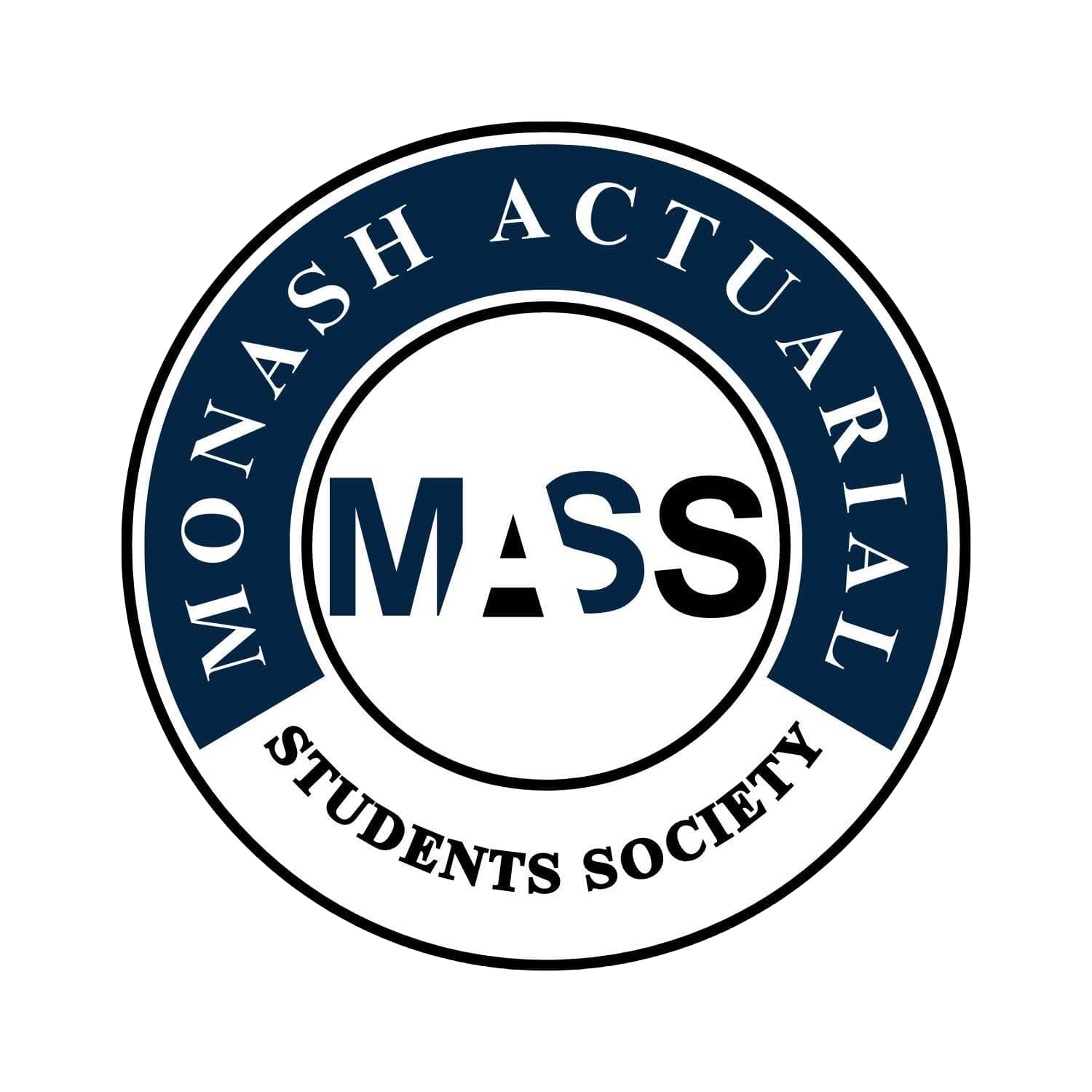ETC3520 / ETC5352 Foundations of Quantitative Finance (Sem 2, 2024)
Difficulty:
Year Completed: Semester 2, 2024
Prerequisite: ETC2430
Exemption:
CM2 Financial Engineering and Loss Reserving
ETC3420 (20%), ETC3460 (25%), ETC3520 (55%)
Weighted average of 70% required. Minimum of 60% required for each unit.
Mean Setu Score: 88.10%
Clarity of Learning Outcomes: 100.00%
Clarity of Assessments: 100.00%
Feedback: 71.43%
Resources: 71.43%
Engagement: 85.71%
Satisfaction: 100.00%
Subject Content:
Lecture(s) and Tutorial(s):
Textbook(s):
Assessments:
This unit covered utility theory, expected utility, loss aversion and investment risk, stochastic models, Brownian motion and martingales, stochastic calculus and Ito processes, stochastic models for security prices, discrete and continuous time binomial tree models, Black-Scholes option pricing formula and hedging and term structure of interest rates.
1 x 2 hour lecture
1 x 1.5 hour tutorial
While there was no prescribed textbook, a couple of textbooks were recommended by lecturer. These textbooks are not required to do well in the unit but are helpful in clarifying some of the topics taught.
2 x Online Quizzes 20% each
Final Exam 60%
Comments
This unit covered many concepts, and without a finance background, many of these were new to students. They could be considered very difficult to grasp, and were math based.
The lectures are comprehensive, including notes and worked examples, and were essential to completing the tutorial questions. The more difficult sections may require extra work to understand, as conceptualising them may require more time than allocated for in the lecture.
The tutorial questions were considered great preparation for the assignments, and attendance is recommended by students. The assignments closely mirror the lectures in content.
The quizzes are typically multiple choice and based on the tutorial questions – they aren’t generally considered too difficult. The tests however, are closed book and increase in difficulty.
The exam was considered very difficult, and a significant step-up from the difficulty of the in-semester assessments. The formulas necessary must be memorised, and you must display strong understanding of the concepts. The exam is considered long for the given time conditions. The exam was closed book.
Considered interesting and do-able throughout the semester, the exam is considered much harder, so work hard in-semester to create a buffer. As much of the learning requires understanding difficult concepts attending the tutorials and asking questions will help prepare you best.
General Overview:
Lectures:
Tutorials:
Assessments/Other Assessments
Exam
Concluding Remarks

